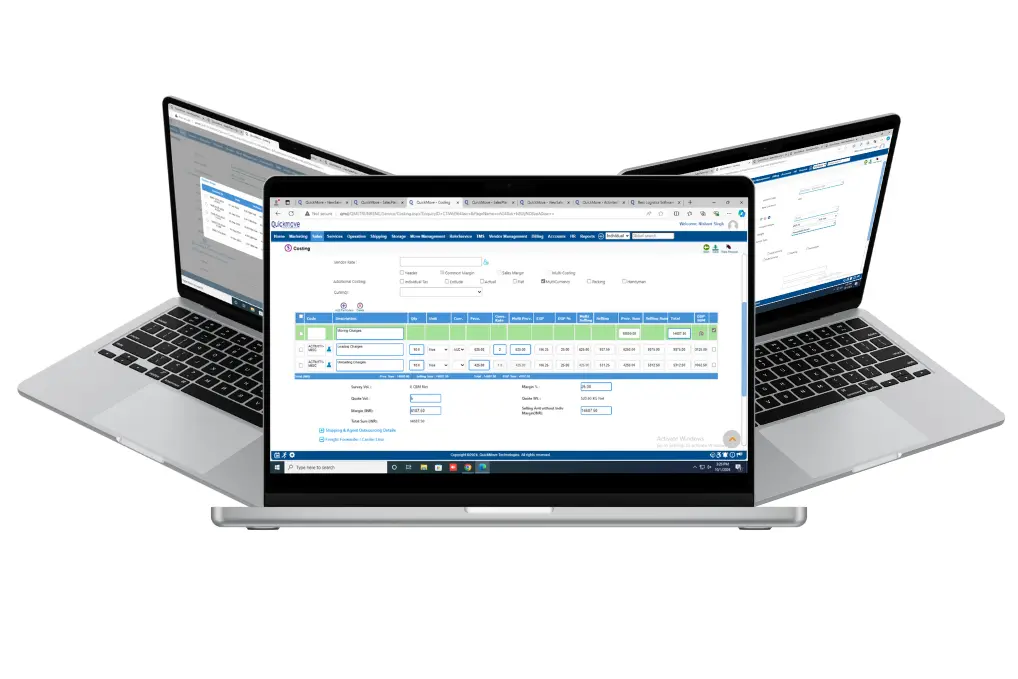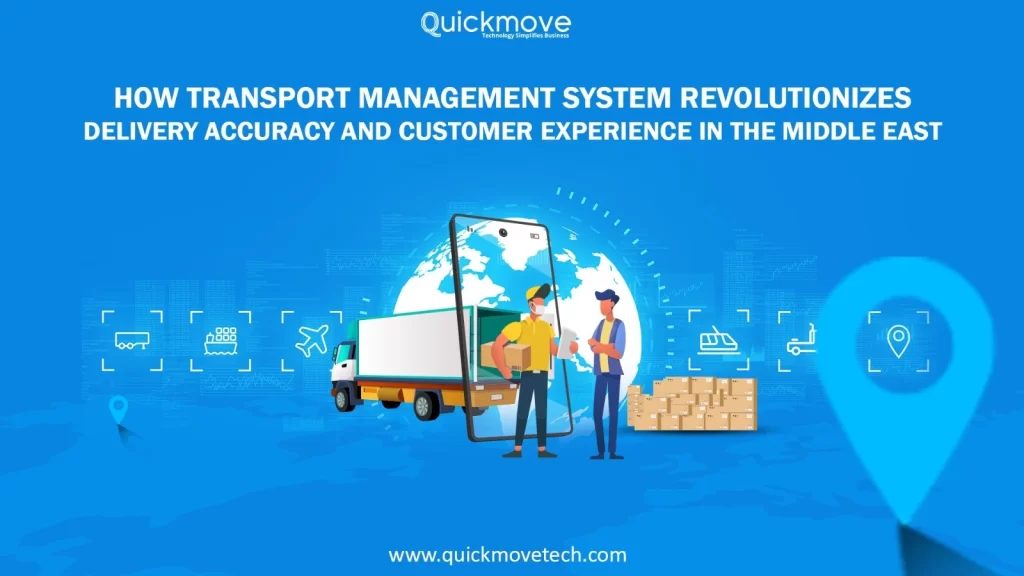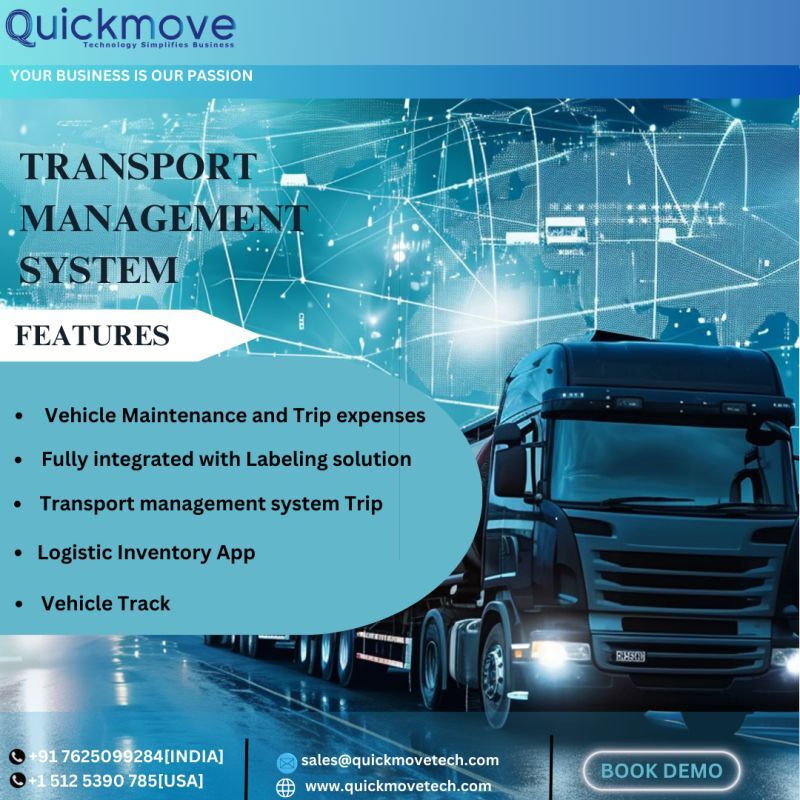The logistics landscape of the Middle East is as vibrant as the region’s fast-emerging economies. The Middle East has busy downtown areas like Dubai and Riyadh, as well as large rural spaces. This region presents unique challenges and opportunities for companies that want to deliver efficiently and accurately. In an age where speed and transparency expectations from the customer are taking off, a solid Transport Management System (TMS) is no longer an indulgence but a basic requirement for enhancing delivery precision and taking the customer experience to new heights.
The TMS Solution: Transforming Delivery Operation
A Transport Management System offers the cyber infrastructure to overcome these difficulties and to greatly enhance delivery precision. Here’s why:
Smart Route Optimization: Finding the shortest path is common in old systems. A modern Transport Management System uses real-time traffic data. It also looks at past delivery trends and driver availability. This helps create the best routes. They have unspecific addresses with advanced geocoding, so drivers can easily get to the destination. Dynamic rerouting helps the system deal with unexpected delays, like traffic or accidents. It guides drivers to a new route while keeping the delivery schedule on track.
Real-Time Visibility and Tracking: This is probably the most critical capability of delivery accuracy. A TMS offers end-to-end visibility by shipment. Dispatchers are provided with real-time location of the vehicle, driver, and delivery status on a computerized dashboard. Such pre-emptive monitoring enables intervention at one go in the event of deviation or delay, averting trouble ahead.
Automated Load Planning and Dispatch: Planning manually takes too much time and is human error prone. With a TMS, trip planning is done automatically with intelligent clustering of deliveries by destination, weight, and volume. It makes the best use of vehicles, cuts down on empty miles, and improves delivery grouping. This leads to more deliveries per shift and fewer missed attempts.
Digital Proof of Delivery (POD): Skipping paper POD, a Transport Management System allows drivers to digitally sign, capture images, and even describe failed deliveries using handheld devices. This gives immediate, precise proof of delivery, lowers contention, and simplifies billing.
Accurate deliveries are the foundation of an exceptional customer experience—crucial in today’s competitive business environment.
- Proactive Communication: With real-time visibility, a Transport Management System can push automated email or SMS notifications to customers at each point of the delivery experience – from dispatch through “driver on the way” and successful delivery. This transparency gives assurance and allays fears, reducing incoming customer service calls.
- Accurate ETAs: With real-time information and predictive analysis, a Transport Management System provides very accurate Estimated Times of Arrival (ETAs). Customers prefer to be able to know exactly when their package will arrive so that they can better plan their day.
- Self-Service Tracking: Branded customer portals allow the receiver to track their shipments themselves, eliminating the need for customer service calls for status.
- Fewer Missed Deliveries: By streamlining routes and providing real-time driving directions, a TMS minimizes missed delivery attempts by removing the frustration of packages that never arrive and the hassle of rescheduling redelivery appointments.
- Flexible Delivery Choices: Some advanced TMS software programs are even capable of offering customers the option of rescheduling or rerouting to a different pick-up site, providing greater convenience and control.
Middle East-Wide Benefits of TMS
How Transport Management System is adding value to Middle East Logistics—-
- Cost Savings: The optimized routes result in lower fuel consumption. Increased efficiency provides the ability to make more deliveries using an equivalent number of vehicles, potentially minimizing the need for fleet growth. Fewer errors and conflicts also translate into fewer operating costs.
- Scalability: As Middle East e-commerce continues to grow at an ever-faster rate, a cloud-based TMS can only be scaled to accommodate higher volumes of orders without incurring significant infrastructure expense.
- Greater Compliance: A TMS is able to manage border problems and customs documentation and offer home regulation conformity.
- Data-Driven Insights: The platform collects massive amounts of data about delivery performance, driver behavior, and route optimization. It uses this data to identify bottlenecks, improve processes even more, and make data-driven business decisions.
Conclusion
In the Middle East, the logistics industry is changing quickly. It is now important to invest in a good Transport Management System. This investment is essential for success. With the promise of real-time location, intelligent route optimization, and automated processes, a Transport Management System empowers businesses with the potential to overcome geographical challenges, significantly improve the accuracy of deliveries, and most importantly, deliver a better customer experience. Its implementation is the window to achieving efficiency, profitability, and sustainable growth in the region’s ever-changing marketplace.




